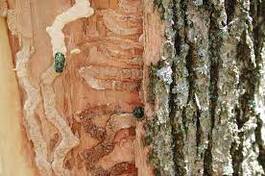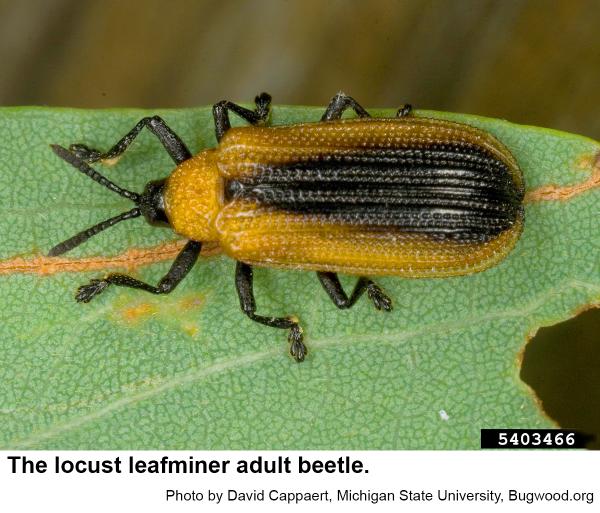CONSERVATION CORNER
A weekly blog for all things conservation
 By Chad Gadsby, Service Forester By now most of you are aware that ash throughout the region are mostly dead or dying due to emerald ash borer (EAB) infestation. The US Forest Service has been working since 2018 to develop a process and begin breeding EAB resistant ash out of their Delaware, Ohio research lab. The goal is to breed a genetically diverse population of all ash species native to the US. To accomplish this task, they developed a set of criteria to identify healthy and/or lingering ash that carry some form of resistance.
0 Comments
By: Dan Rhodes, Education Coordinator
Over the last couple of years there’s been a lot of press about a new invasive aggressive bee that has been spotted in North America called the ‘murder’ hornet. These very large giant hornets from Asia are indeed a species of concern for many reasons, but how can they be identified if seen, are there other similar species out there right now, and are there any bees that shouldn’t be added to an ‘America’s most wanted’ poster?  By: Adam Chorba, Forest Specialist, Bradford County Conservation District The Black locust and Honey Locust are native, medium-sized hardwood deciduous trees with compound leaves. They are an early successional forest species, meaning that they are adapted to grow quickly in a variety of areas to aid in the natural progression of forest development. Black locust is a nitrogen-fixing legume, meaning it adds nitrogen to the soil instead of removing it and in some cases, this helps to improve soil quality. Honey locust is non-nitrogen fixing, but it develops larger and sweeter, bean like pods that are beneficial for livestock and wildlife. The wood of locust is extremely tough and rot resistant and is favored for making fence posts. They are commonly found along roadways and forest edges, often in groves. Both types of locust have a common insect that targets it that often goes unnoticed until this time of year and is often mistaken as tree blight or sudden mortality. |
AuthorsVarious staff at the Bradford County Conservation District Archives
July 2024
Categories
All
|
|
Bradford County Conservation District
Stoll Natural Resource Center 200 Lake Road, Suite E | Towanda PA 18848 Phone: (570)-485-3144 |
